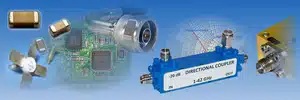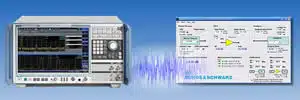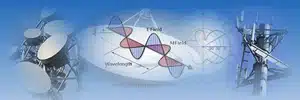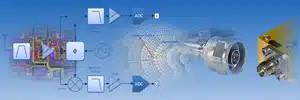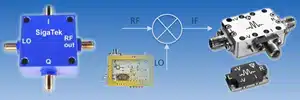Satellite Communications Course Syllabus
Introduction
- History Review
- Communication satellites structure
- Satellite types
- Satcom operating frequencies
- Implementation of satellite communications
Satellite Orbits
- Satellite Orbits
- LEO communication satellites
- IRIDIUM
- GLOBALSTAR
- Orbcomm
- New programs for LEO systems
- Launchers and satellite launching
- Orbit equations and Kepler’s laws
- Orbit Interference: sun outage, and eclipses
The satellite link
- Characteristics of satellite communications
- Antennas and radiated power EIRP
- Path Loss
- Temperature and noise
- Sensitivity calculations & figure of merit (G / T)
Link budget
- Introduction
- Basic satellite link
- The satellite transponder
- Total satellite link
- Practical satcom links versus the theoretical model
- Path losses and precipitation
Modulation, multiplexing and access methods
- Modulation methods
- Digital and analog communications
- Communication under noise conditions
- Error coding and correction
- Compression methods – TV and audio
- Multiplexing and access methods
- Modern satellite communication standards:
- Channel forward: DVB-S DVB-S2 DVB-Sx
- Return channel: DVB-RCS DVB-RCS2 E-SSA
Earth stations
- Structure of earth stations and earth station subsystems
- Types of antennas
- Tracking systems
- Transmitters, converters and amplifiers (LNA, LNB)
- Monitoring, control and backup systems
Coordination and registration of satellites
- ITU organization
- Registration of satellites in space
- Frequency coordination processes
- Ground station licensing procedures
Management and operation of satellite systems
Satellite systems management & control
- Frequency planning and operation control
- IOT testing
- Management of the satellite resources and line up procedures
- Interference geolocation
Summary
- Key messages
- Global trends




